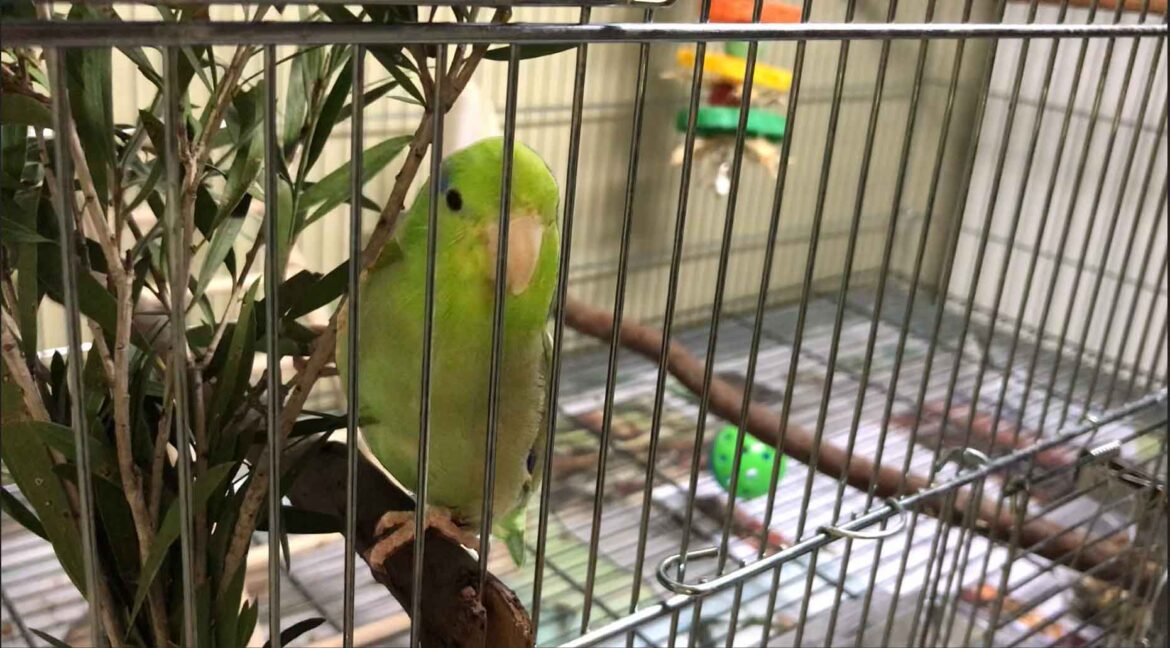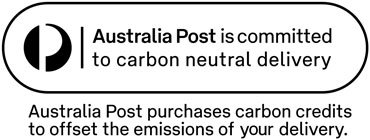
Daily Health Checks
To substantially reduce the potential for serious or fatal illness, all parrotlet owners should make a quick check of their parrotlet(s) and their surrounds for signs of illness daily.
Signs of Illness
Sadly, sick birds can easily be missed until it is too late. This is because as a survival instinct, wild birds will naturally attempt to maintain a normal appearance for as long as possible. Our pets retain this instinct, so to guard their health we need to make daily checks. In doing so, we should observe the less obvious signs such as abnormalities in regard to: droppings, appearance, breathing, posture, movement, food/water intake, fertility, weight, feather changes, or decreased vocalisations.
Evaluation of droppings
Your bird’s droppings are a good indicator of health. But to evaluate them, it is important to be familiar with the three parts they are comprised of:
-
- faecal – the solid part that is often brown in colour, but diet variations affect this
- urate – the solid urine component that is often white in colour
- urine – a clear liquid urine (this is sometimes difficult to see, and it may also have been absorbed by the cage liner)
The characteristics of normal vs. abnormal droppings are outlined below:
Normal droppings
-
-
- Seed diet produces black or dark green faeces
- Formulated (e.g. pellet) diets produce soft brownish faeces
- Diets high in vegetables and fruit may increase the white (urate) component
-
Abnormal droppings:
-
-
- decrease in the number and volume of droppings
- colour of the urates change to green or yellow
- increase in the urine portion
- decrease in the faeces to urate ratio
- presence of blood
- presence of whole grain
-
If you spot something that concerns you, some tips are:
-
- place a clean white cage liner to improve visibility and focus on new droppings
- observe the droppings for a whole day to rule out normal variation
- make a tentative appointment with your avian veterinarian (cancel if not needed)
Early signs of disease
Signs that require non-urgent investigation by an avian veterinarian include:
-
- prolonged moult or continual presence of pin feathers
- broken, bent, picked, or chewed feathers
- unusual or dull feather colour
- stained feathers over nares or around the face or vent
- crusty material in or around nostrils
- redness, swelling or loss of feathers around eyes
- flakiness on skin and beak
- sores on underside of claws
- lameness or shifting of body weight
- overgrowth of beak or nails
- low reproduction
Signs of Serious Illness:
Signs that require first aid and urgent medical support by an avian veterinarian include:
-
- significant change in droppings
- decreased or excessive food or water consumption
- change in behaviour
- fluffed posture
- decreased vocalisation
- abnormal breathing
- weight change
- swellings on body
- bleeding or injury
- vomiting or regurgitation
- discharge from nostrils, eyes, or beak
Emergency First Aid
Arrange to see an avian veterinarian as soon as possible and have an appropriate carry cage to transport your bird safely.
Heat at 28-32 degrees C + humidity is a necessary support for all seriously ill birds. This can be achieved with a “hospital cage” and your avian veterinarian can provide access to one.
Always encourage seriously ill birds to eat and/or provide a crop feed (by an experienced person such as a veterinarian).
Administer electrolyte and energy (glucose) supplementation by dripping water prepared with Spark into the beak using a 3ml Plastic Pipette or eye dropper.
Take away messages
In summary, to reduce the potential for serious or fatal illness in your parrotlet(s) the important messages to take away are:
-
- Undertake daily health checks
- be prepared in advance with a Safe Transit Carry Cage, Spark and 3ml Plastic Pipette
- know your avian veterinarian’s contact details
But there’s more to it!
This article addresses disease detection and initial management; however, disease prevention is just as important. Stay tuned for an article on “Preventative Health” coming soon…
Article contributor:
Dr Ron Woodhead B V Sc
Published by Aussie Parrotlets on 27/05/2020
All rights are reserved by the author




